Recommended
Categories
Reprinted Articles
How To Play Piano Using Chord Symbols |
|---|
| by Duane Shinn |
|
Chord symbols (for example, Cmaj7 or G6) are a type of notation used frequently in jazz and other areas of modern music to notate chord progressions and changes. This type of notation differs from that of classical music in that chord symbols don't show the function of a chord the way the Roman numeral notation does. Chord symbols, for modern music with lots of changes, are much easier to read. They function as a sort of shorthand for change-heavy music and are written with four chord parts in mind: the root, the quality, the extension, and the alterations. The first part in chord symbols, the root, tells the musician which note is the root of the chord. In an E6 chord, for instance, the E serves as the root. Chord symbols also allow for inverted chords, or chords with a root other than the bass note. These chord symbols express that by showing the bass note with a diagonal slash under the original symbol. Quality, the second part in chord symbols, denotes whether the chord is major, minor, diminished, or augmented. In a Cmaj7, the maj tells us that the C chord is major. The abbreviations for this area in chord symbols are maj, min, dim, and aug, respectively. The extension in chord symbols, written after the quality, shows the musician if the chord differs from a triad (a third chord), such as an eleventh or seventh. This part of chord symbols is not always shown; if there is no indication of an extension, the musician is to assume that the chord is a triad. The last part in chord symbols, the alteration, is usually but not always expressed. Think of this part as the "notes" section in chord symbols; it gives the musician any specific (and sometimes irregular) instructions for playing the chord and is always written in parentheses after the extension (or the quality, if no extension exists). For instance, (no fifth) would tell the musician that the chord is to be played with the fifth tone left out. Sus - short for "suspension", would mean to play the 4th scale note instead of the 3rd. A minus sign would mean to lower (flat) a chord tone, such as C-9 which would mean to flat the 9th of the chord. Conversely, a plus sign would mean to raise (sharp) a particular chord tone. Reading music using chord symbols allows a person to use written music as a map, rather than a note-for-note approach. By just reading the melody note and the chord symbols, musicians can improvise to their hearts content and create their own sounds on the keyboard. The best of all worlds, however, is to be able to read music as it is written in a sheet music score, but also be able to read the chord symbols. Then the musician is free to choose which is best - the written part, or an improvised part. The sky is the limit for musicians who can do both. About The AuthorDuane Shinn is the author of over 500 music courses for adults including "How To Add Runs & Fills To Your Piano Playing!" www.pianolesson.tv is used by pianists around the world. He is the author of the popular free 101-week online e-mail newsletter "Amazing Secrets Of Exciting Piano Chords & Sizzling Chord Progressions" at www.playpiano.com.duane@playpiano.com |
Recommended Stuff
Beginner Piano:
| Learn Songs - Learn 3 Easy Songs, free Virtual Piano provided |
| Chords - Learn how to construct Major Chords, Primary Chords & more |
| Music Theory - Key Signatures, Major Scales, Intervals & more |
| Improvisation - Chord Inversions, and different Chord Patterns |
| Techniques - Pentatonic Scale, Whole Tone Scale, Arpeggio |
Free Piano Reference
Music Terms Glossary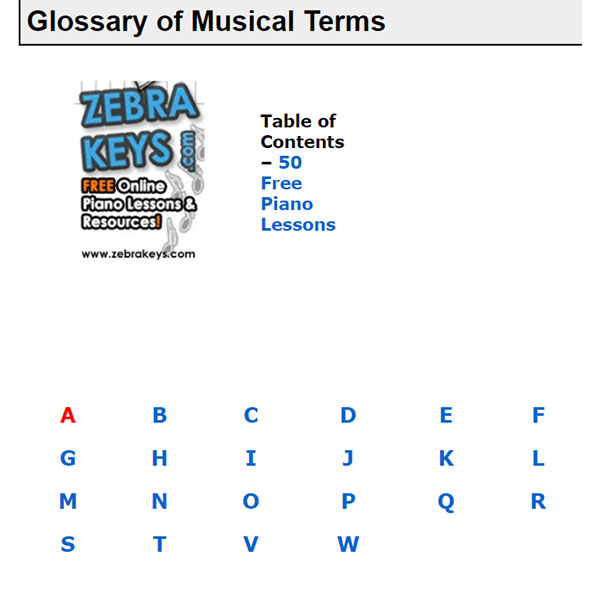 |
FIND any CHORDS using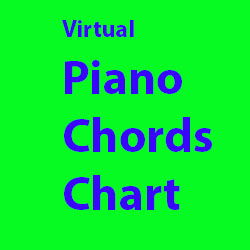 |
Music Notation Chart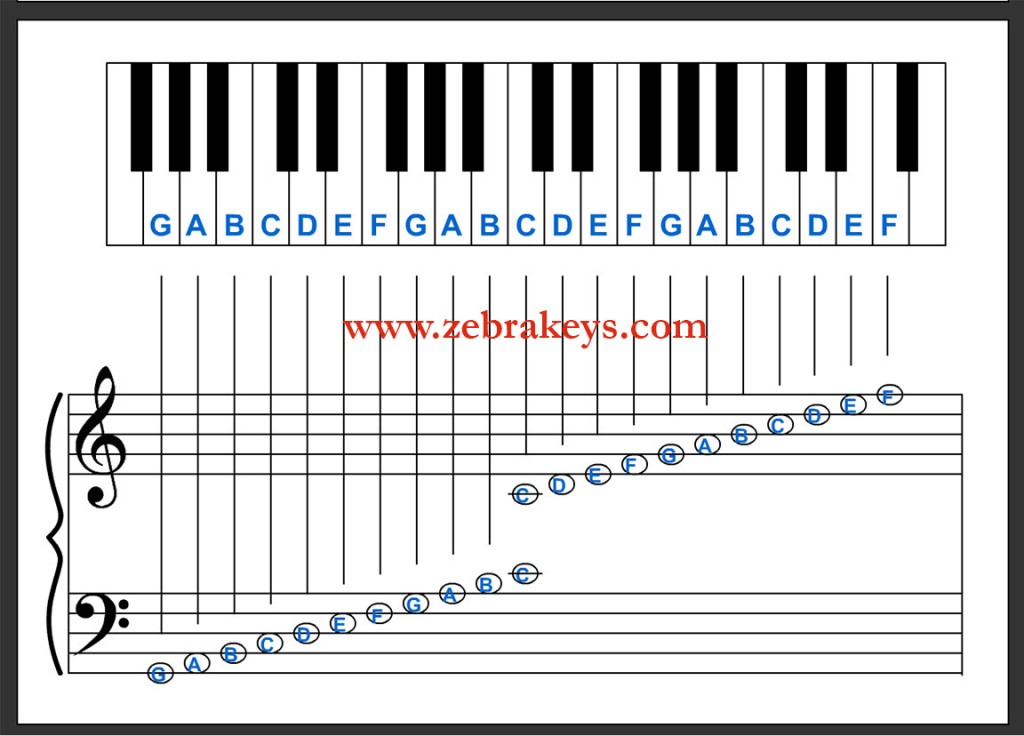 |
| TRANSLATE this content |
| Beginner Piano | | | Intermediate Piano | | | Advanced Piano |
|
List of 50 Free Lessons
Piano Basics 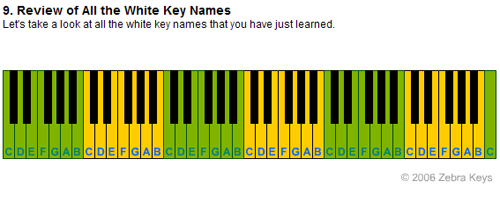 Lesson 1 - Patterns of Piano Keyboard Lesson 2 - Names of White Keys Lesson 3 - Names of Black Keys Lesson 4 - Grand Staff Lesson 5 - Note Durations |
Use our free Virtual Piano Keyboard in conjunction with these free lessons:
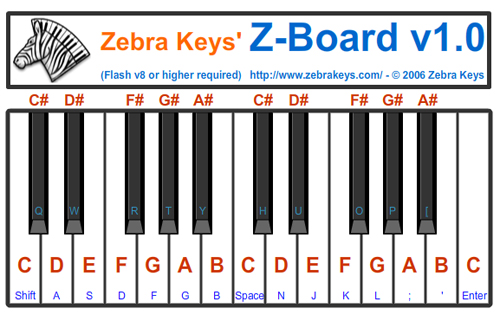 |
|
Beginner Piano Lesson 6 - Brother John Lesson 7 - London Bridge Is Falling Down Lesson 8 - Twinkle Twinkle Little Star |
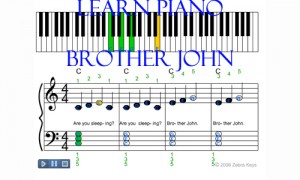 |
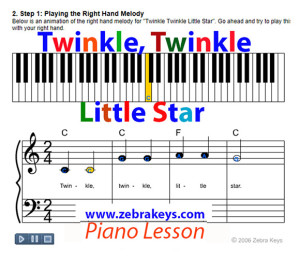 |
| Lesson 9 - Major Chord |
|
FIND any CHORDS using Free Virtual Piano Chord Chart 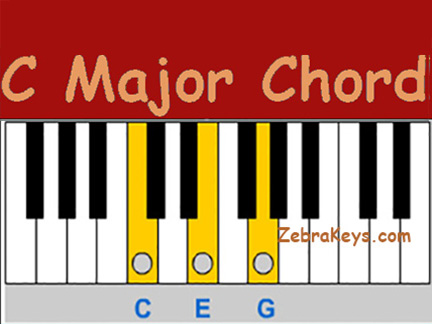 |
|
Lesson 10 - Three Primary Chords Lesson 11 - 12 Bar Blues Chord Progression |
| Lesson 12 - 12 Keys of Music |
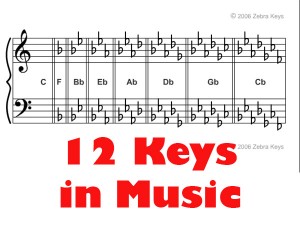 |
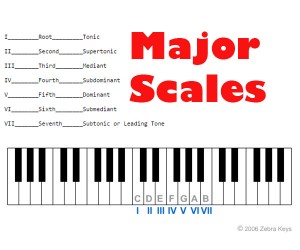 |
|
Lesson 13 - Major Scale
Lesson 14 - Musical Intervals Lesson 15 - Chords of the Major Scale Lesson 16 - The Circle of Fifths |
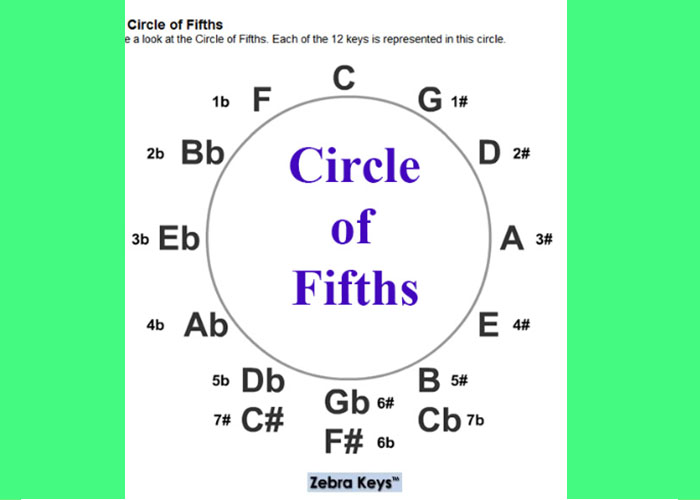 |
|
Lesson 17 - Chord Inversions Lesson 18 - Double Chord Pattern Lesson 19 - Broken Chord Pattern Lesson 20 - Arpeggio Chord Pattern Lesson 21 - Sounds of the Orient (Pentatonic Scale) Lesson 22 - Mysterious Sounds (Whole Tone Scale) Lesson 23 - Arpeggios |
|
Intermediate Piano Lesson 24 - America (My Country Tis of Thee) Lesson 25 - Silent Night Lesson 26 - God Rest Ye Merry Gentlemen |
|
Lesson 27 - Minor Chord Lesson 28 - Three Secondary Chords Lesson 29 - Dominant 7th Chord Lesson 30 - Major 7th Chord Lesson 31 - Minor 7th Chord Lesson 32 - Natural Minor Scale Lesson 33 - Chords of the Natural Minor Scale |
|
Lesson 34 - Melody as Octaves Lesson 35 - Root Chord Pattern Lesson 36 - Harmony Notes Lesson 37 - Major Chord Inversions Lesson 38 - Chord Inversion Straddles |
|
Advanced Piano Lesson 39 - The First Noel (Flash demo version) Lesson 40 - Auld Lang Syne Lesson 41 - Hark! The Herald Angels Sing |
|
Lesson 42 - Diminished Chord Lesson 43 - Augmented Chord Lesson 44 - 6th Chords Lesson 45 - Sus2 Chords Lesson 46 - Sus4 Chords Lesson 47 - Major 9th Chords Lesson 48 - Major 11th Chords Lesson 49 - Major 13th Chords Lesson 51 - Blues Scale |






